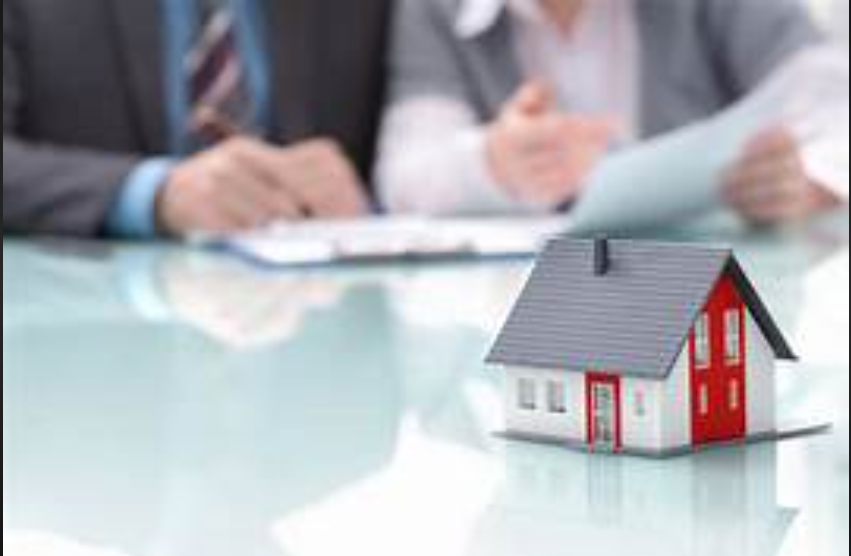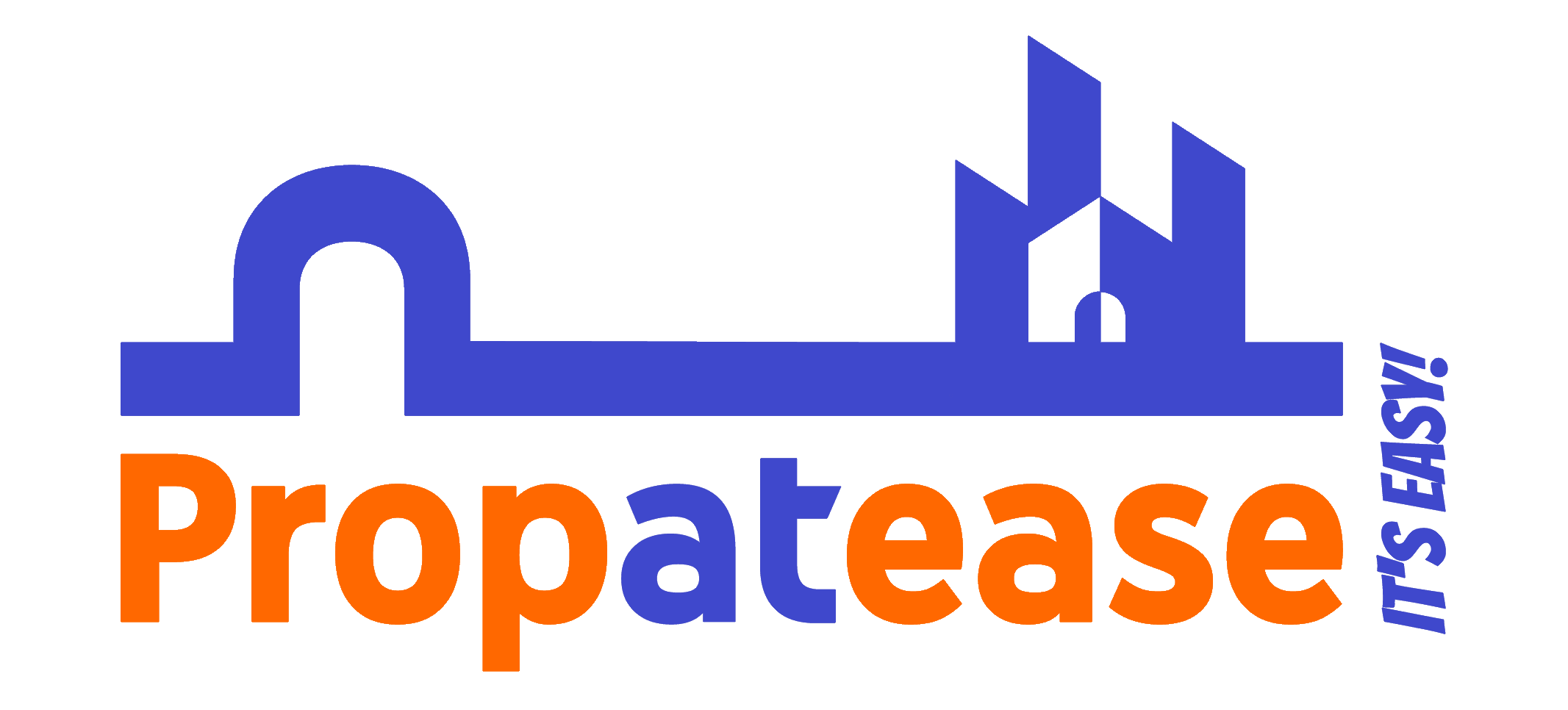
In an era defined by environmental consciousness and a collective commitment to a greener future, the real estate industry is experiencing a transformative shift towards sustainability. The growing awareness of climate change, coupled with advancements in eco-friendly technologies, has spurred a paradigm change in the way properties are designed, built, and valued. In this blog, we will explore the evolving landscape of sustainable real estate, examining the key factors driving this shift and the implications for homeowners and investors.
1. The Rise of Green Building Designs:
The cornerstone of sustainable real estate lies in green building designs that prioritize energy efficiency, water conservation, and environmentally friendly materials. Architects and developers are embracing innovative approaches to create structures that minimize their ecological footprint. Features such as solar panels, energy-efficient insulation, and rainwater harvesting systems have become integral components of green buildings.
These designs not only contribute to a healthier planet but also offer long-term cost savings for homeowners through reduced energy consumption and lower utility bills. The appeal of green buildings extends beyond environmental considerations, as homebuyers increasingly seek residences that align with their values and promote sustainable living.
2. Impact on Property Values:
Sustainable features are no longer just a preference; they have become a significant driver of property values. Homes equipped with energy-efficient technologies, green certifications like LEED (Leadership in Energy and Environmental Design), and eco-friendly designs often command higher prices in the real estate market. Buyers are willing to pay a premium for properties that not only meet their functional needs but also contribute to a sustainable lifestyle.
This shift in property valuation reflects a broader societal shift towards prioritizing environmentally conscious living. Homeowners are recognizing the long-term financial benefits associated with sustainable properties, solidifying the notion that investing in eco-friendly features is an investment in both the environment and the value of their homes.
3. Eco-Friendly Technologies and Smart Homes:
The integration of eco-friendly technologies is a key driver in the evolution of sustainable real estate. Smart home technologies, such as energy-efficient appliances, automated lighting systems, and smart thermostats, enable homeowners to optimize energy usage and reduce waste. These technologies not only enhance the overall efficiency of homes but also appeal to the tech-savvy consumer seeking a modern and connected living experience.
Investors in sustainable real estate are leveraging these technologies to differentiate their properties in the market. Smart homes equipped with the latest eco-friendly innovations offer a unique selling proposition, attracting a demographic that values convenience, efficiency, and environmental responsibility.
4. Certifications and Recognition:
Green certifications, such as LEED and ENERGY STAR, have become significant markers of sustainability in the real estate industry. These certifications provide a standardized way to measure a property’s environmental performance, taking into account factors such as energy efficiency, water conservation, and indoor air quality. Properties with these certifications not only meet stringent environmental standards but also benefit from increased visibility and recognition in the market.
For homeowners, choosing a property with a green certification not only ensures a commitment to sustainability but may also lead to potential financial incentives, such as tax credits or lower insurance premiums. The recognition associated with these certifications further solidifies the property’s long-term value and market appeal.
5. Environmental Impact and Community Sustainability:
The impact of sustainable real estate extends beyond individual properties to the broader community. Developers and urban planners are increasingly incorporating sustainable practices into community planning, emphasizing green spaces, renewable energy sources, and eco-friendly infrastructure. Sustainable communities attract environmentally conscious residents, fostering a sense of shared responsibility for the environment.
Investing in sustainable real estate is not just a personal choice but a contribution to the larger goal of creating communities that prioritize environmental stewardship. This community-level sustainability aligns with the values of modern homebuyers and investors who seek not only comfortable living spaces but also a sense of responsibility towards the planet.
6. Long-Term Resilience and Adaptability:
Sustainable real estate is not just a trend; it’s a strategy for long-term resilience. Homes equipped with durable, energy-efficient features are better positioned to withstand the test of time, economic fluctuations, and changing market conditions. The durability associated with sustainable designs contributes to the retention of property value over the years, providing homeowners and investors with a sense of stability in an unpredictable market.
Investors are increasingly recognizing the importance of properties that can weather environmental changes and evolving market demands. Sustainable real estate, with its focus on durability and adaptability, aligns with the growing demand for resilient assets in an ever-changing world.
7. Government Initiatives and Incentives:
Governments around the world are recognizing the importance of sustainable real estate and are implementing initiatives and incentives to encourage eco-friendly practices. From tax credits for energy-efficient upgrades to grants for renewable energy installations, these incentives make sustainable real estate more financially attractive for homeowners and investors.
For individuals looking to invest in sustainable real estate, staying informed about government initiatives and incentives is crucial. Taking advantage of these programs not only contributes to a more sustainable future but also provides financial benefits that enhance the overall appeal of sustainable properties.
8. Future Trends and Innovations:
As the real estate industry continues to evolve, new trends and innovations in sustainable design are likely to emerge. From the integration of green roofs and vertical gardens to advancements in energy storage solutions, the future of sustainable real estate holds exciting possibilities. Staying abreast of these trends and incorporating innovative features can position properties as cutting-edge and ahead of the curve.
Investors who embrace these future trends

